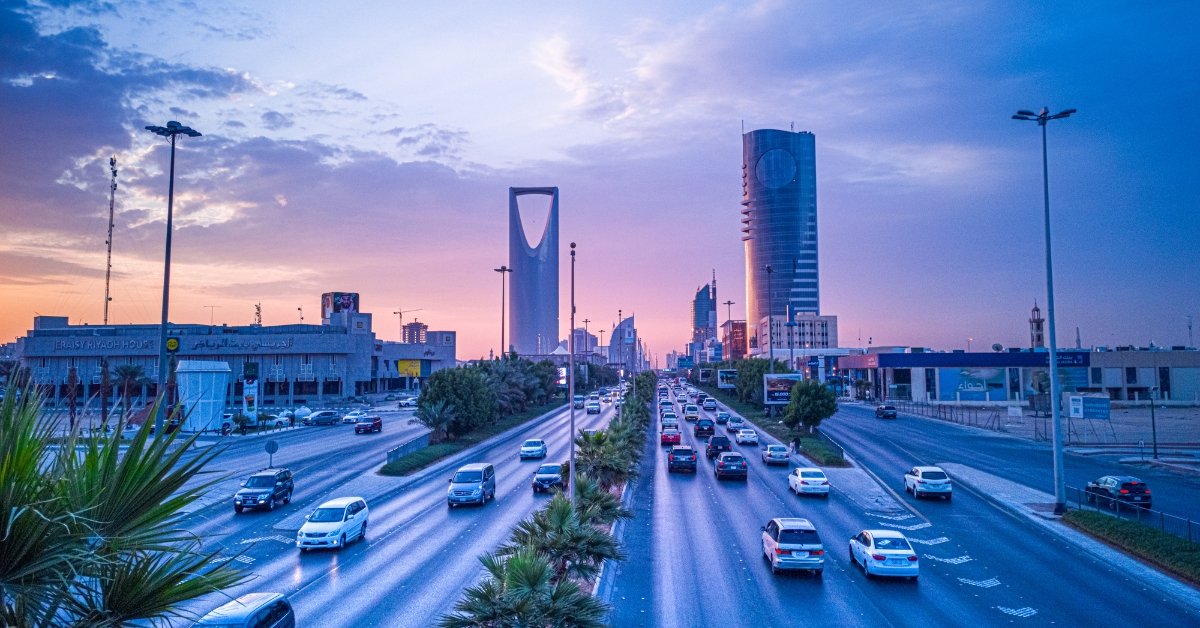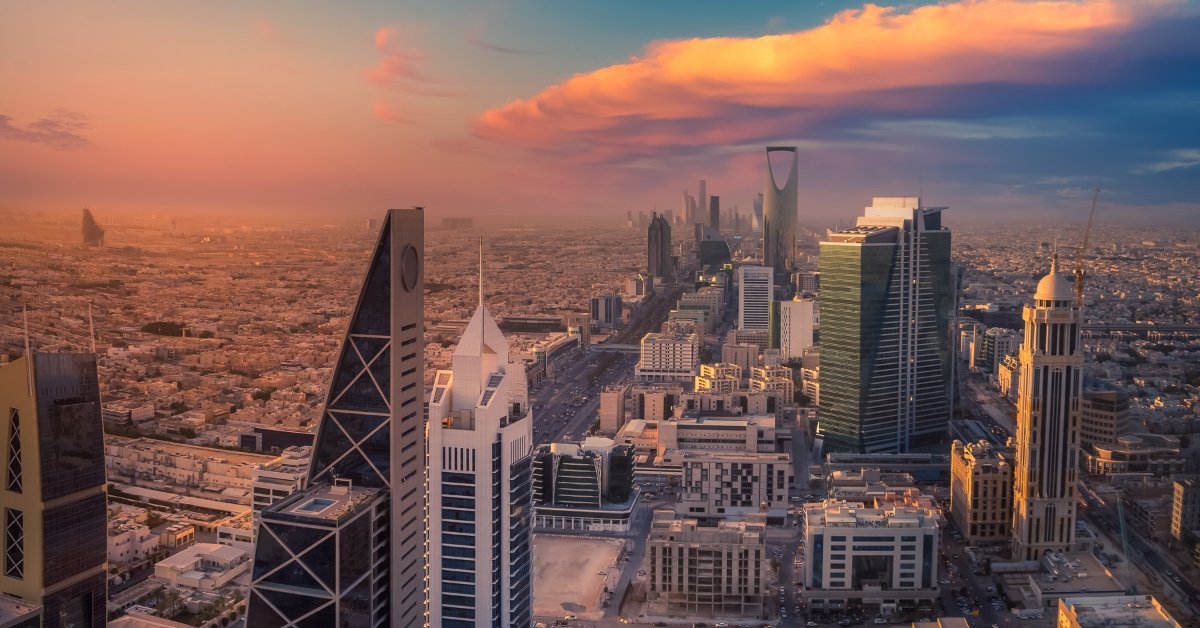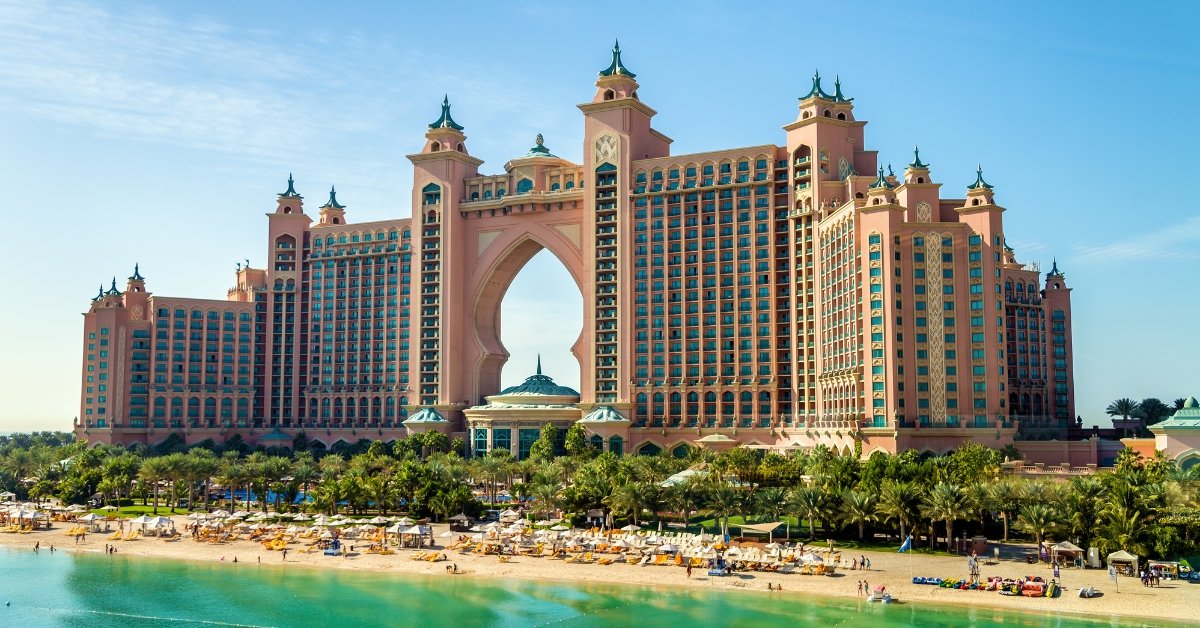Why is Riyadh so expensive in 2025? Explore rising costs, housing, and lifestyle factors driving prices in Saudi Arabia’s capital. Get the full scoop here!
Table of Contents
Riyadh, the heartbeat of Saudi Arabia, is a city of contrasts—towering skyscrapers meet sprawling deserts, and tradition blends with rapid modernization.
However, one question looms for many: Why is Riyadh so expensive?
In 2025, the capital’s cost of living has climbed, leaving residents, expats, and visitors curious about what fuels this trend.
Let us break it down from housing to groceries in a way that’s easy to grasp, with a sprinkle of real-world insight to keep it relatable.
A Boomtown in Motion

Riyadh is not just growing—it is exploding.
With a population nearing 7 million and ambitious projects like Vision 2030 reshaping the skyline, the city is a magnet for people and businesses.
More folks mean more demand for everything: homes, food, services—you name it.
When demand outpaces supply, prices naturally creep up.
Think of it like a busy restaurant: the more people want a table, the higher the bill.
The King Abdullah Financial District and events like Riyadh Season draw crowds and investment, boosting the economy and the cost of living.
It is a trade-off—progress comes with a price tag.
Housing: The Big Cost Driver

Ask anyone in Riyadh why their wallet feels lighter, and they will likely point to rent.
Housing costs are a major culprit behind the city’s expenses.
In 2025, a one-bedroom apartment in the city center averages around 1,500-2,000 SAR (about USD 400-USD 530) per month, while upscale areas like North Riyadh can hit 7,000-12,000 SAR (USD 1,865-USD 3,200).
Why so steep?
For one, prime neighborhoods are in short supply.
Rapid urbanization has squeezed available land, especially in desirable spots near business hubs or expat compounds.
These gated communities, packed with perks like pools and gyms, can cost a fortune—sometimes USD 3,000+ monthly for a family-sized place.
Landlords know demand is high outside compounds, so they charge what the market will bear.
Imported Goods and Daily Life

Ever wonder why your grocery bill in Riyadh feels hefty?
Saudi Arabia imports many fresh fruits, branded clothes, and electronics. Shipping these goodies across borders adds costs, which shoppers feel at the checkout.
A pair of Nike sneakers might set you back $100-$120, pricier than in places with local manufacturing.
Eating out adds up, too.
A meal at a mid-range restaurant costs $15-$20 per person, while fancy spots in malls like Kingdom Centre can easily double that.
Sure, you can grab a shawarma for $2 at a local joint, but the upscale lifestyle many chases in Riyadh leans toward pricier options.
Transportation and Fuel Myths

Here is a twist: fuel is cheap—cheap.
A liter of gas in 2025 is still under $1, thanks to Saudi Arabia’s oil wealth.
However, do not celebrate too fast.
Public transport is limited (though the Riyadh Metro is expanding), so most people drive or use ride-hailing apps like Uber.
Owning a car means maintenance, insurance, and sometimes a driver—extras that chip away at savings. A daily Uber commute might cost $10-$15, adding up quickly.
The Expat Factor

Riyadh hosts a considerable expat community and their needs shape prices.
International schools for kids can run $10,000-$20,000 per year.
High-end gyms in the business district? Think $100+ monthly.
Expats often live in compounds or premium areas, driving up demand—and rents—in those zones.
Plus, imported goods catering to Western tastes (like cereals or cosmetics) carry a premium.
Entertainment and Lifestyle Costs

Riyadh’s entertainment scene is growing—there are cinemas, concerts, and malls galore—but it is not cheap.
A movie ticket averages USD 10 – USD 15, and gym memberships rank among the world’s priciest, often costing USD 100 – USD 150 monthly.
Events like Riyadh Season bring fun but also inflated prices for tickets, food, and parking.
The city is pushing to be a global hub, and that ambition is shown in the cost of leisure.
Trivia: A Surprising Shift
Did you know? In 2022, Riyadh dropped out of the top 100 most expensive cities for expats, falling to 103rd on Mercer’s Cost of Living Index. However, by 2025, posts on X and local buzz suggest it is climbing back up, thanks to booming growth and demand.
Why It Feels Expensive in 2025
So, why does Riyadh feel so pricey?
It is a mix of rapid growth, limited housing, and a reliance on imports, spiced up by a modern lifestyle gaining steam.
Salaries are often high (averaging $2,700 monthly after tax), and there is no income tax—big wins for savings.
However, those earnings can vanish fast if you chase luxury or live in a hotspot.
Conclusion: Navigating Riyadh’s Price Tag
Riyadh’s expenses in 2025 reflect its transformation into a global player.
Whether sky-high rents, imported snacks, or a night out, costs mirror the city’s big dreams.
Want to stretch your riyals?
Try local eateries, share rides, or live outside the center.
Are you curious about more ways to thrive here?
Check out our other posts on living smart in Saudi Arabia—your guide to making the most of this vibrant capital!






